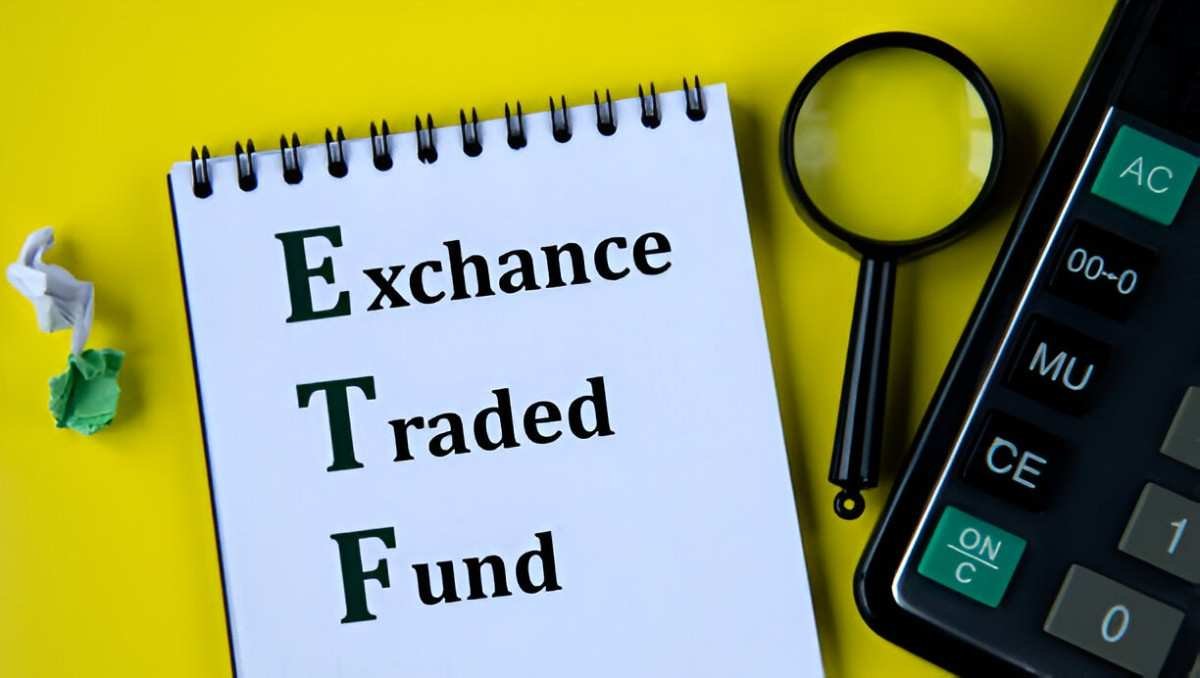As a finance expert, I often get asked whether exchange-traded funds (ETFs) and mutual funds face different tax treatments. The short answer is yes—ETFs are generally more tax-efficient than mutual funds. But the long answer involves capital gains distributions, in-kind redemptions, and the structural differences between these investment vehicles.
Table of Contents
How Mutual Funds and ETFs Generate Taxable Events
Both mutual funds and ETFs can trigger taxable events for investors, but the mechanisms differ.
1. Capital Gains Distributions
When a fund sells securities at a profit, it must distribute capital gains to shareholders, who then owe taxes.
- Mutual Funds: Frequent trading within the fund (due to investor redemptions) can force the fund manager to sell holdings, generating capital gains. These gains are passed to all shareholders, even those who didn’t sell.
- ETFs: Due to their unique in-kind creation/redemption process, ETFs rarely distribute capital gains. Instead of selling securities, ETFs exchange them “in-kind” with authorized participants (APs), avoiding taxable events.
Example: Mutual Fund Capital Gains Distribution
Suppose a mutual fund holds 100 shares of Stock A, bought at $50 per share. If the fund sells them at $100, it realizes a $5,000 capital gain. This gain is distributed to all shareholders proportionally.
If you own 10% of the fund, you receive:
10\% \times \$5,000 = \$500 in taxable capital gains.
2. Dividend Distributions
Both ETFs and mutual funds distribute dividends, which are taxed similarly. However:
- Qualified dividends (held >60 days) are taxed at long-term capital gains rates (0%, 15%, or 20%).
- Non-qualified dividends are taxed as ordinary income.
| Dividend Type | Tax Rate (2024) |
|---|---|
| Qualified | 0%-20% |
| Non-Qualified | Up to 37% |
Why ETFs Are More Tax-Efficient
The In-Kind Redemption Advantage
ETFs use an in-kind creation/redemption process:
- Authorized Participants (APs) deliver a basket of securities to the ETF issuer.
- The issuer gives ETF shares in return—no selling occurs, so no capital gains are realized.
In contrast, mutual funds must sell securities to meet redemptions, triggering capital gains.
Lower Turnover = Fewer Taxable Events
Most ETFs track indexes, leading to lower turnover. Mutual funds (especially active ones) trade more frequently, increasing tax liabilities.
Tax Drag: A Real-World Comparison
Let’s compare two funds—one ETF, one mutual fund—each holding the same stocks.
| Factor | ETF | Mutual Fund |
|---|---|---|
| Capital Gains Dist. | Rare | Common |
| Turnover Rate | Low | High |
| Tax Efficiency | High | Low |
Example: $10,000 Investment Over 10 Years
Assume:
- Both funds return 7% annually.
- Mutual fund distributes $300 in capital gains yearly.
- ETF distributes none.
After 10 years:
- ETF: Grows tax-deferred to \$10,000 \times (1.07)^{10} = \$19,671.51.
- Mutual Fund: After paying 15% capital gains tax yearly, growth is slower.
Exceptions and Caveats
1. Actively Managed ETFs
Some newer ETFs engage in frequent trading, eroding tax efficiency.
2. Vanguard’s Patent Advantage
Vanguard mutual funds enjoy ETF-like tax efficiency due to a patented structure that allows them to use ETF share classes to offload capital gains.
3. International and Bond ETFs
These may generate more non-qualified dividends, increasing tax burdens.
Tax Strategies for ETF and Mutual Fund Investors
- Hold ETFs in Taxable Accounts: Their tax efficiency makes them ideal for brokerage accounts.
- Use Mutual Funds in Retirement Accounts: IRAs and 401(k)s defer taxes, negating mutual funds’ tax drag.
- Tax-Loss Harvesting: ETFs’ intraday trading allows better timing for offsetting gains with losses.
Final Thoughts
ETFs typically outperform mutual funds in tax efficiency due to their structure. However, the best choice depends on your investment strategy, account type, and fund selection. By understanding these nuances, you can optimize your portfolio for after-tax returns.





